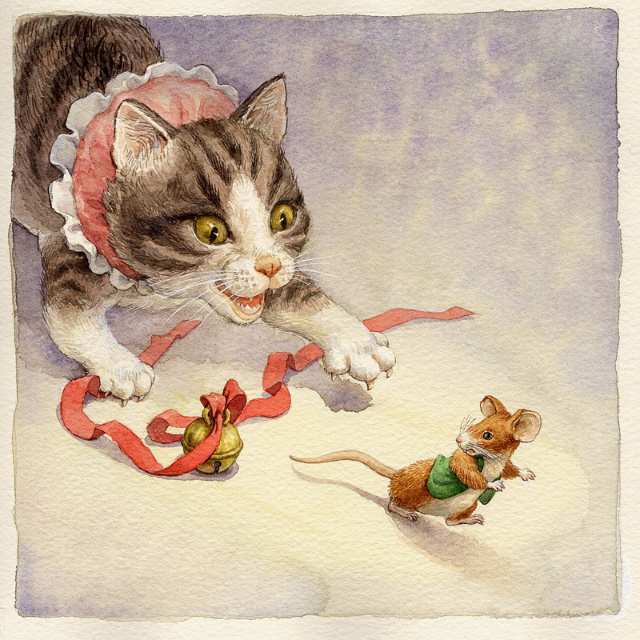The famous Schrödinger’s cat thought experiment illustrates the Copenhagen interpretation of quantum physics. Quantum physics is an extremely complicated field of study, but the gist of the Copenhagen interpretation is that a probability remains in a superposition – that is a state where many possibilities exist at the same time – until it is observed, when it collapses into a certain state.
For example, imagine a cat that is locked in a box sealed with a vial of poison, that is set to break open only 50% of the time. Until the box is opened, we do not know if the cat has been killed by poison or not. Therefore, the cat can be said to be both alive and dead at the same time (Erwin Schrödinger initially devised the experiment to mock the Copenhagen interpretation).
There is a fascinating theory that takes this strange thought experiment one step further. Another interpretation of quantum physics is the Everett many-worlds interpretation. This explains that instead of the wavefunction collapsing (i.e. producing a single result such as alive or dead) on observation, two parallel universes are created instead: one universe where the cat died and another universe where the cat is still alive. Essentially, it states there are infinite universes containing every permutation of possibilities that can exist and that whenever a probability is observed, we enter a specific universe.
This is a very confusing concept to grasp, so let us return to the cat in the box. According to the Copenhagen interpretation, the cat has a 50% chance of surviving the experiment the first time. From then on, the chance of the cat being dead grows exponentially with every experiment. However, according to the many-worlds interpretation, no matter how many experiments we perform, there always will be a universe where the cat miraculously survived each one. From the cat’s perspective, it would not know of the universe if it had died. Therefore, the only universe where the cat is able to tell this story to its friends at the end of the day is one where it survives every single experiment
Now let us apply that to our own lives. Imagine that you are crossing the road and a bus is about to hit you. If there is even a 1% chance you might survive this event, your quantum self will move to a universe where it is possible (otherwise you would be dead and your consciousness ceases to exist). By extrapolation, you can never really die as a version of you will forever live on, beating improbable odds until a point where there are literally no possible universes you could be alive.
Quantum immortality is a thought experiment that relies on the many-worlds interpretation. However, it is also extremely difficult to prove wrong. The only way you could confirm this is if you attempted to kill yourself over and over (quantum suicide) and failed each time. But if you were wrong, you would die and not be able to tell anyone. Ergo, you cannot rule out the possibility that you will live forever.
The scariest part of the theory is not that you are potentially immortal. It is that quantum immortality does not account for your well-being – just your consciousness. If an accident were to leave you horribly disfigured but alert, it would still satisfy quantum immortality. You could be trapped in a motionless body for the rest of eternity, unable to communicate to anyone. Yet quantum immortality will keep you alive, forever and ever.

(Infinity Mirror Room by Yayoi Kusama)









